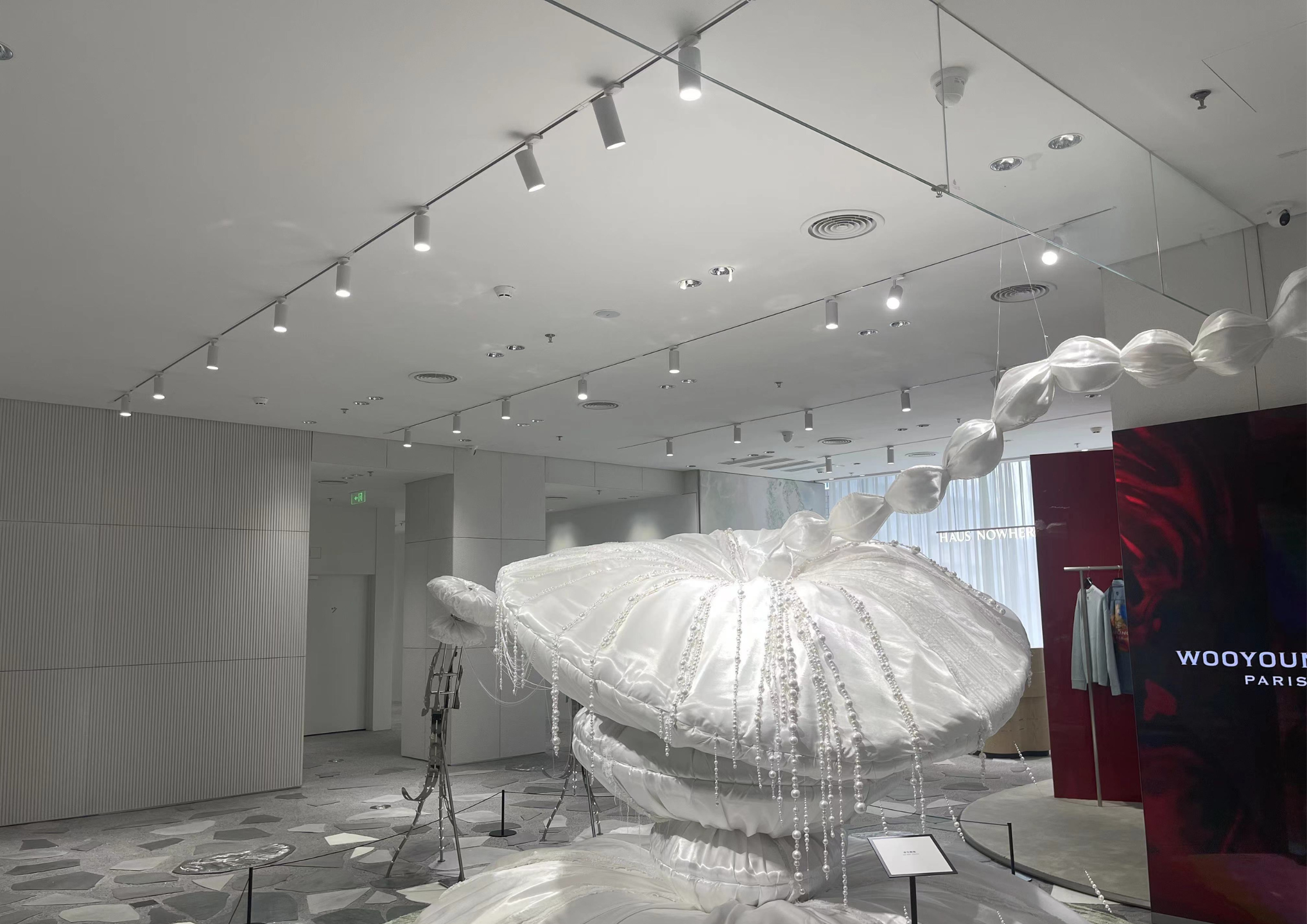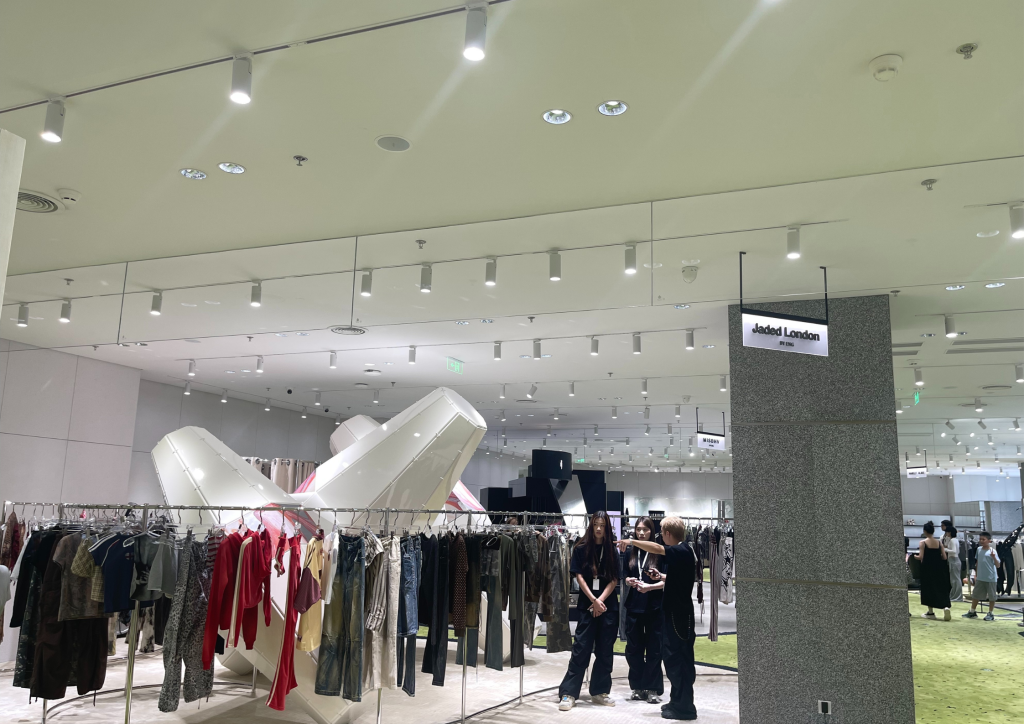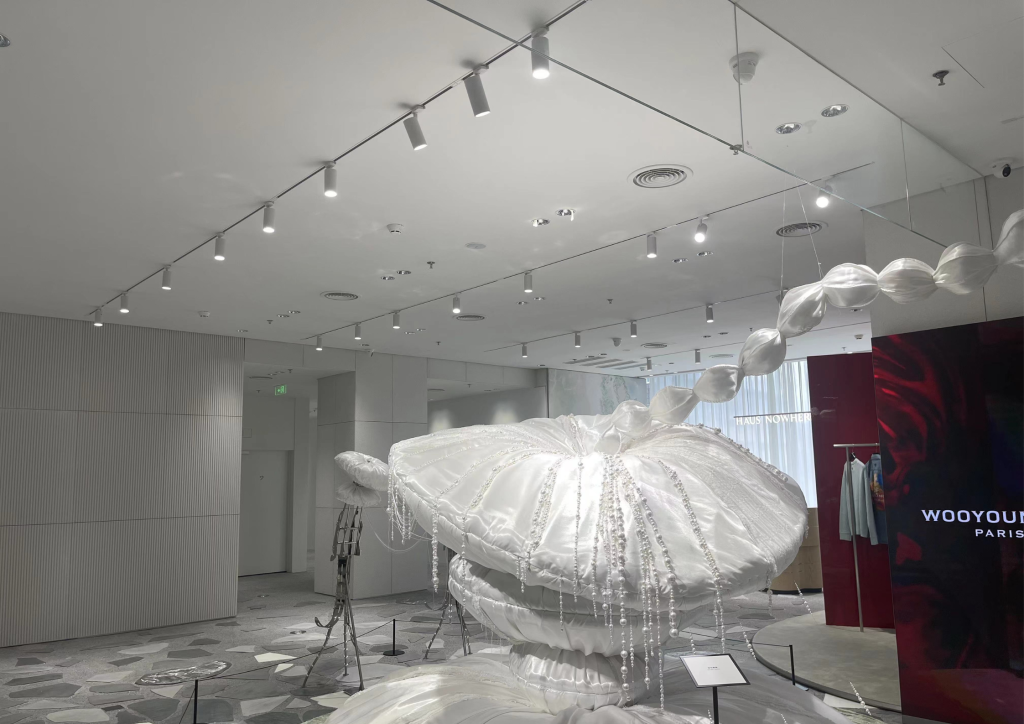Which rail system you choose: single-phase or three-phase?
By Powerstar


What Are Single-Phase and Three-Phase Rails?
The basic principle behind single-phase and three-phase track lighting is the same. Conductive wires are embedded within a metal track of a certain length. Light fixtures are attached to the track using special adapters or magnets and are connected to the power source through spring contacts in the terminals. These fixtures are not permanently fixed in place, allowing users to move, remove, or reinstall them along the track as needed.
The main difference between single-phase and three-phase track systems lies in the number of conductors within the track. A single-phase system has two conductors (phase and neutral), while a three-phase system has four conductors (three phases and one neutral). The number of conductors determines how many independent groups of lights can be installed on the same track. A single-phase track can support only one group of lights, meaning all the lights will turn on or off simultaneously. In contrast, a three-phase track can support up to three independent groups of lights, allowing separate control of each group.
The advantage of three-phase tracks is their flexibility in lighting control, enabling the creation of more diverse lighting scenarios and more efficient lighting solutions.
However, single-phase tracks are more cost-effective and are sufficient for most indoor lighting needs. They are versatile and can be used for basic or accent lighting. If separate light control is required, it can be achieved by installing parallel or independent tracks.

Applications of Single-Phase and Three-Phase Tracks in Interiors
Single-phase track systems are the most popular choice for residential spaces, offices, shops, and exhibition areas. They provide efficient lighting solutions for most standard applications.
Three-phase systems, on the other hand, are often used in premium products and are primarily applied in complex lighting projects within large spaces. For example, in theater lighting, where each light source must meet specific requirements to create the desired atmosphere, three-phase systems are ideal. Additionally, they are useful in situations where single-phase tracks cannot support the total weight of the light fixtures.
How to Choose the Right Track System
When choosing a track system, you should consider the complexity of the lighting project and your budget. If you need simple indoor lighting, a single-phase system is a practical choice. However, if you need high-quality lighting for a large area and require independent control of different zones, then a three-phase track system is a more rational option, provided that your budget allows for it.

